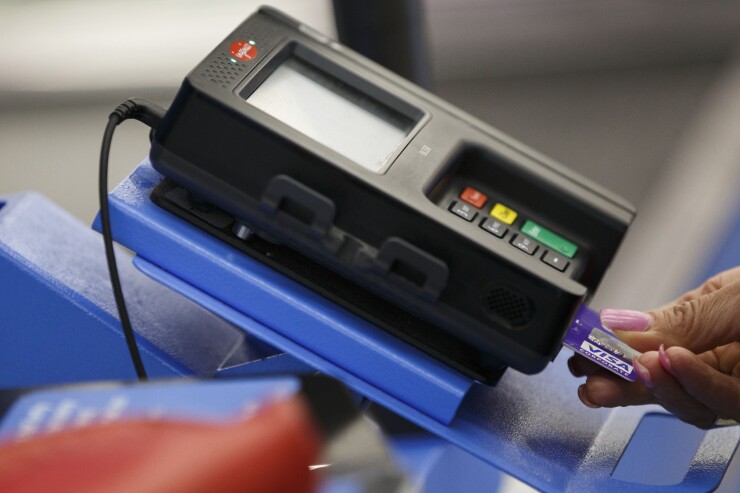Want unlimited access to top ideas and insights?
Online fraud isn't going away. In fact, it will get much worse in the coming year.
Hackers are becoming more sophisticated and perfecting ways to break into new commerce and trading platforms, even as consumers adopt more mobile technology and we move toward an increasingly shared economy.
The fact is, while technology disruptions offer more avenues and easier paths for consumers to move and spend money, they also offer new ways for criminals to steal data. This is causing anxiety and paralysis among many financial and e-commerce organizations with respect to preventing online fraud.

Several trends are accelerating the growth of online fraud:
The EMV migration: as in-store fraud becomes more difficult, it’s natural for fraud to move online. This phenomenon has been observed in every developed country after EMV is implemented.
More banking activity is moving online: not only via online-only banks, but also as established banking brands roll out new mobile and online bank services.
The proliferation of online marketplaces: individual consumers are naturally less proficient at identifying fraud than financial services pros, and hence more likely to become victims of online fraud when they become sellers.
The continued move away from cash to credit and other online payment forms (think Venmo).
So how can e-commerce and financial services companies reduce online fraud? Here are some areas to address:
Processors: Ensure that you have adequate monitoring in place to proactively detect anomalies across your merchant base and tools to assist merchants in quickly shutting down attacks. Fraudsters often use sophisticated technologies to mask their device and test for vulnerabilities by generating multiple orders with different characteristics until they find a combination that works. Processors can address these types of attacks by checking for multiple purchases with the same card, merchant ID, etc., and by offering merchants solutions that check for device anomalies and suspect patterns so that suspicious transactions can be manually reviewed or declined before they turn into chargeback losses.
Online marketplaces: Criminals can go online to find a wide range of information about almost any individual. They then use that information to create a “synthetic identity” and impersonate a real individual or post non-existent goods for sale at a bargain price and entice buyers to pay in advance. Fraudsters also game the system by buying goods with stolen payment credentials and arranging delivery to a location where the package may be left unattended. Marketplaces can protect their reputation by validating new sellers using sophisticated device forensics and applying advanced models and machine learning to detect unusual patterns of activity that indicate misuse.
Banks: Banks are all about trust. While many financial institutions have implemented tools to validate new online account applicants and recognize returning devices, fraudsters continue to innovate. It’s important to leverage the newest capabilities such as in-session behavioral monitoring and ensure that your technology is flexible enough to take in and share data from external and internal touch points so that you gather and assess each transaction in real time and stay one step ahead.





